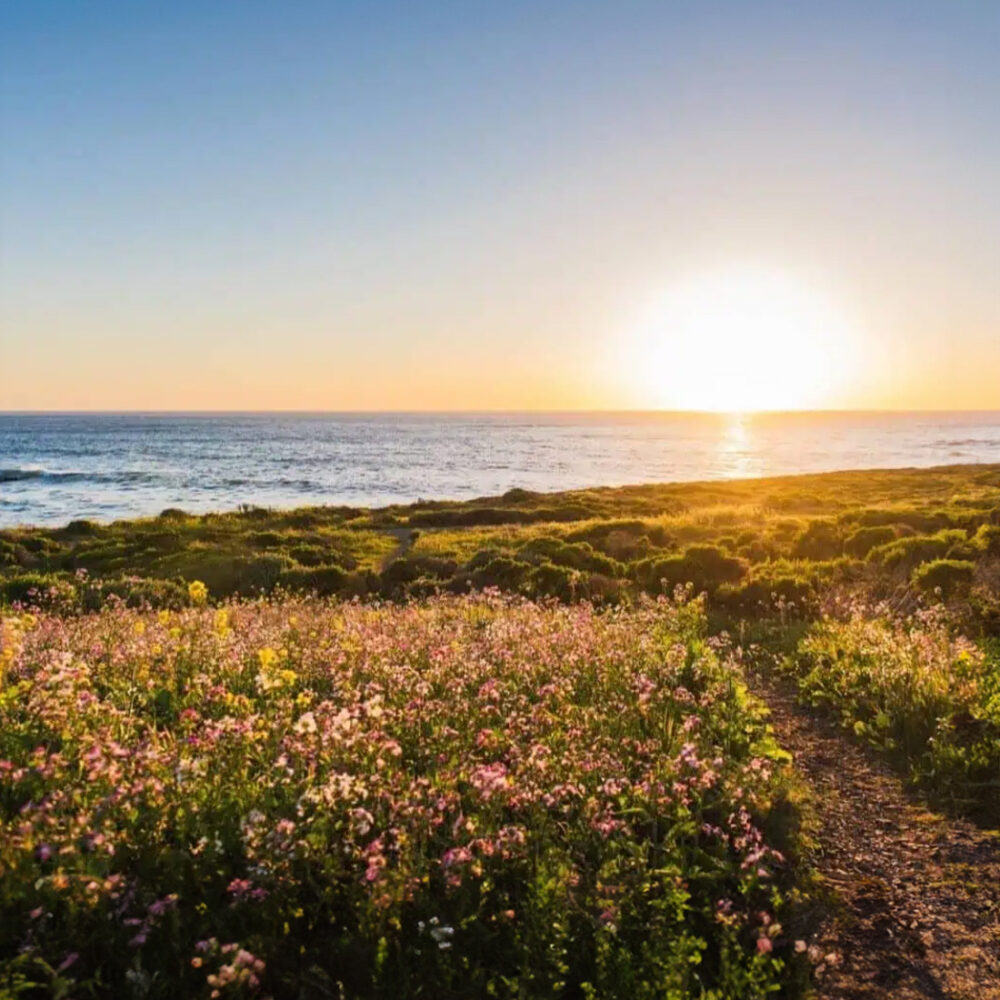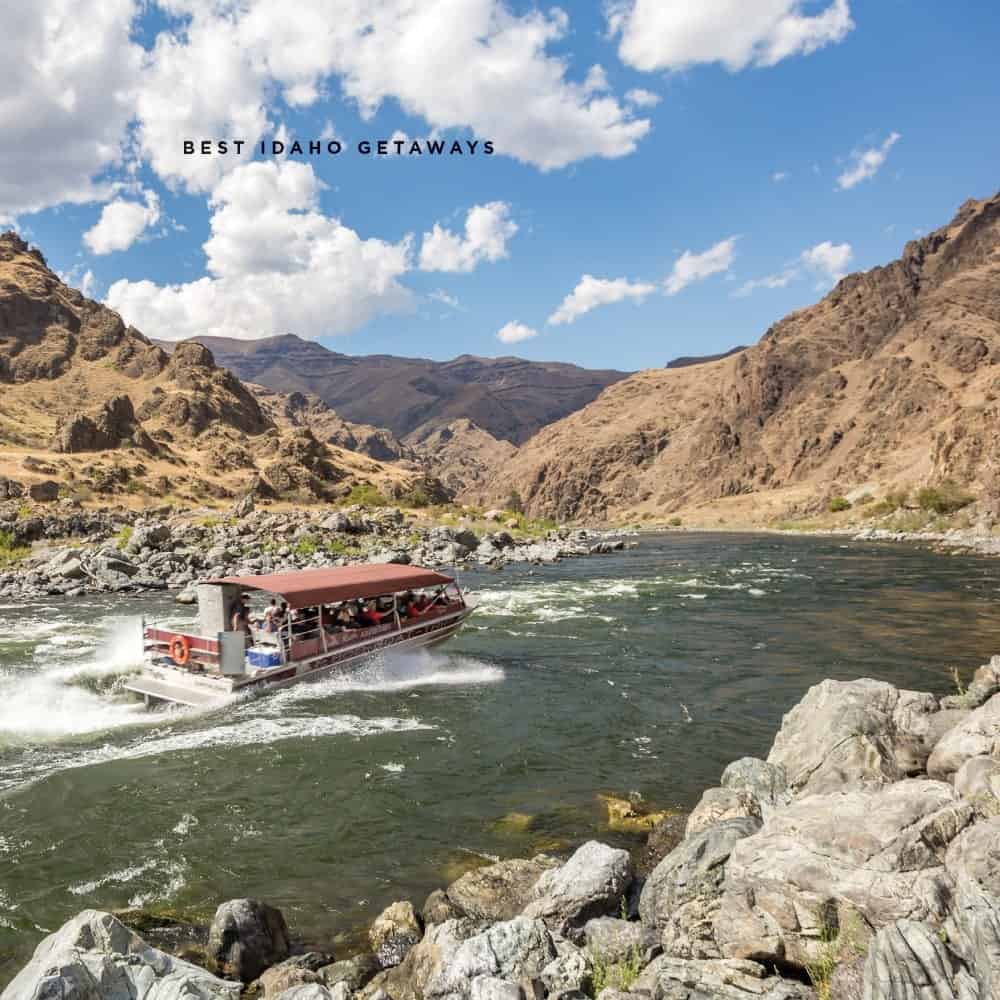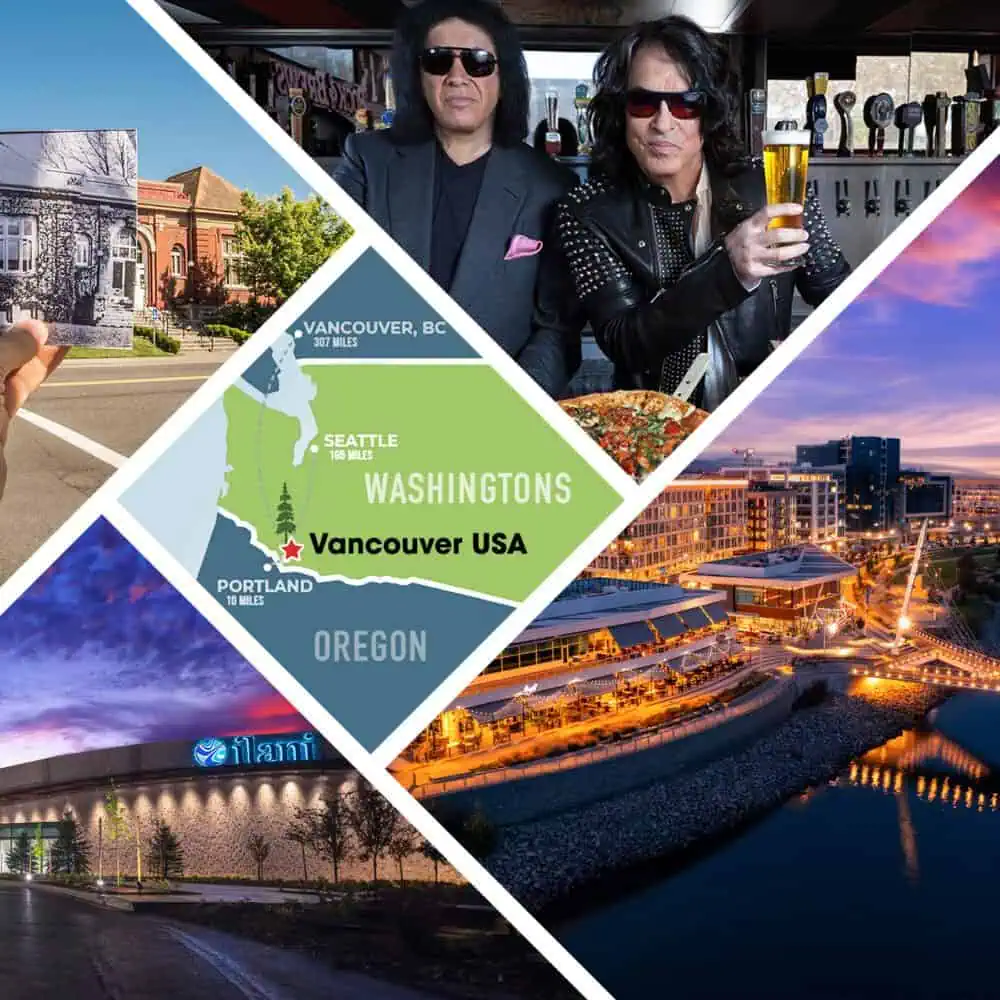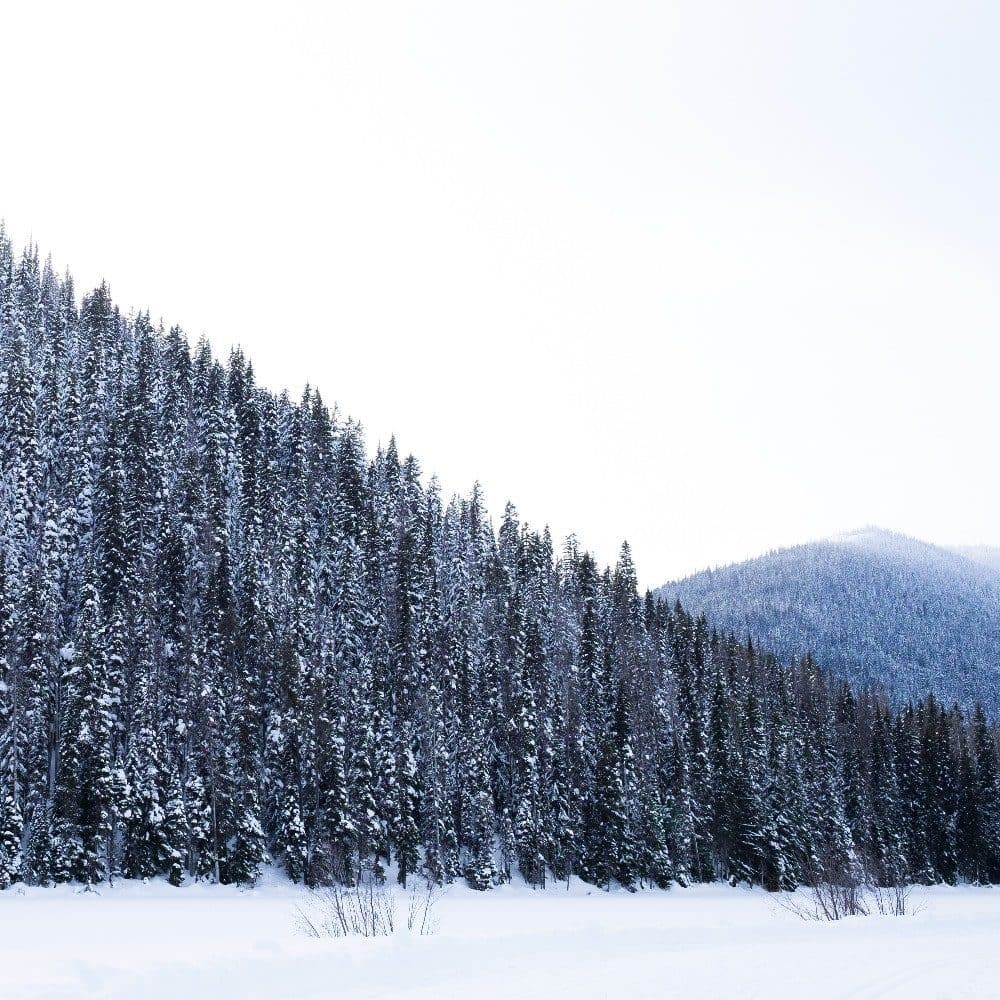Travel
Book: Revel in the Natural World
Enjoy a wild year outdoors with Lauren Braden's book, '52 Ways to Nature: Washington'
By David Gladish April 21, 2023
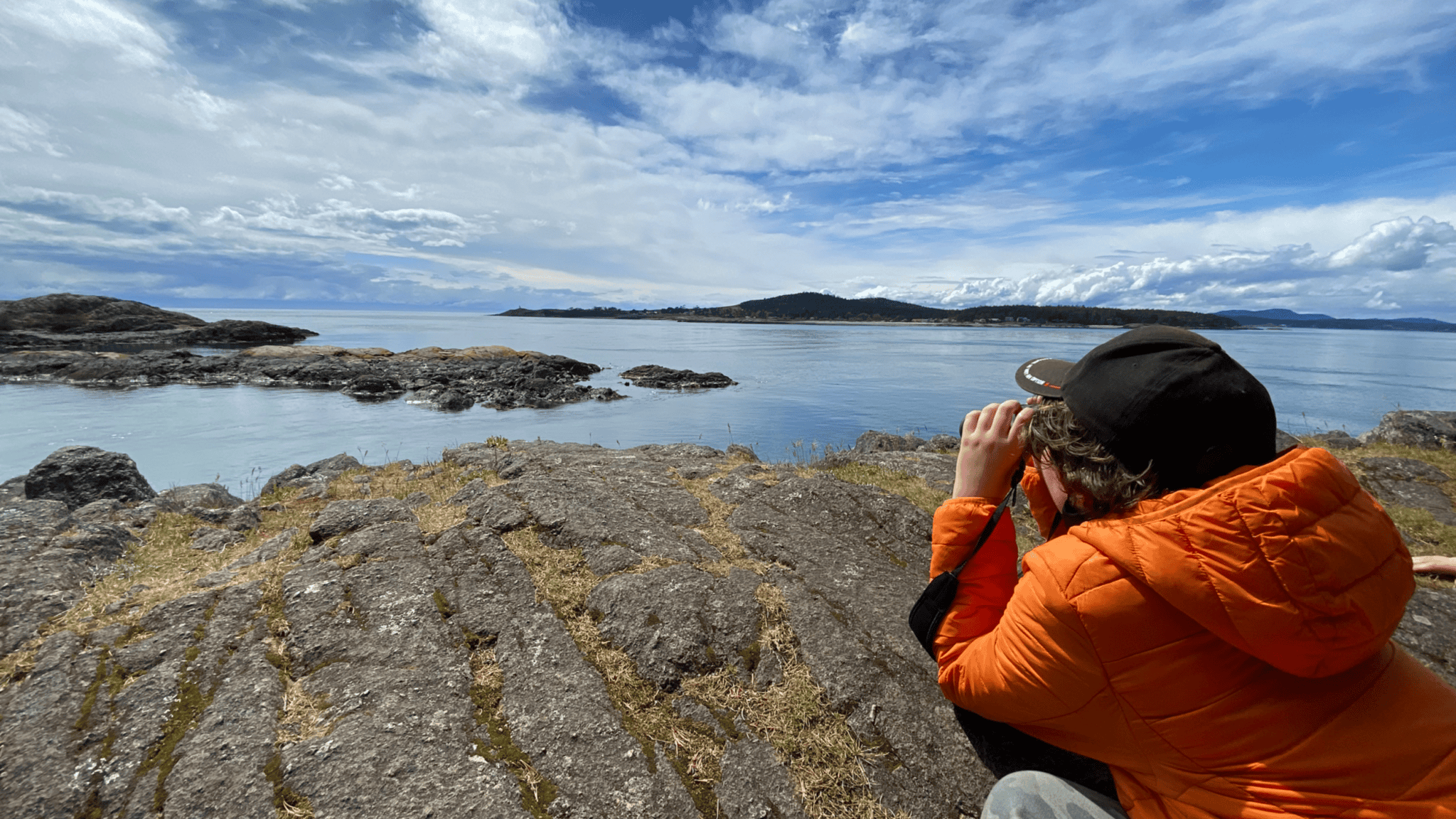
This article originally appeared in the March/April 2023 issue of Seattle magazine.
What do forest bathing, storm watching, geocaching, fungi foraging, and razor clamming have in common? These are just a few of the multitude of outdoor activities described in Lauren Braden’s new book, 52 Ways to Nature: Washington: Your Seasonal Guide to a Wilder Year. This book, published by nonprofit outdoor community The Mountaineers last spring, takes a deep dive into outdoor activities within close reach of Seattle. Both novices and experts, locals and visitors, will enjoy the interesting variety.
The 256-page book is organized by season and details each activity along with related history and cultural notes. It contains a journal to inspire readers to chronicle their adventures.
“I wrote the book that I always wanted to have,” Braden says, noting that she has done every activity in the book herself. Many classic Washington activities are listed, like crabbing, apple picking, and salmon watching.
A little further digging reveals some hidden gems that aren’t so obvious. Here are five that will take you off the beaten path and inspire more outdoor time this year.
Find weird geology
“Washington is one of the most geologically diverse places in the world,” Braden says. From active volcanoes to long-dormant volcanic plugs, rain forests, and deserts, a plethora of geological wonders exist near Seattle. Steamboat Rock on Banks Lake in eastern Washington is one such phenomenon, a basalt behemoth carved out by the Missoula Floods at the end of the last Ice Age.
Hikers can enjoy a 3.2-mile round-trip hike to the top of the rock with stunning views of the man-made reservoir below. On the other side of the mountains, along the Washington coast in Olympic National Park, sea stacks jut out from the ocean, standing like ghosts from a past life. These rocks “began their existence as lava flowed millions of years ago,” Braden says. Viewed on a misty day, these outcrop appear to float in the sea, creating a sense of awe at how such an ancient piece of rock has survived the incessant beating of waves and surf for so long.
Dig for your dinner
“Another adventure that I think is really fun for a beginner is bay clam digging,” Braden says. “You need a license, bucket, and shovel but that is about all. She finds seafood foraging particularly rewarding and easy to do with children. While Braden recommends steering away from this activity along Seattle beaches due to pollution concerns, it’s easy to find safe beaches by visiting doh.wa.gov/shellfishsafety for up-to-date information. Hood Canal is a great place to find clams, oysters, and cockles. “The crown jewel for bivalve seekers is Dosewallips State Park, a shallow, pristine estuary that transforms into a giant clam bed at low tide,” Braden says. For recipe and cooking inspiration, check out Jennifer Hahn’s book, Pacific Feast: A Cook’s Guide to West Coast Foraging and Cuisine.
Sleep in a fire lookout
In the early 1900s, “national parks and forests relied on volunteers called fire spotters to scan the scenery for a sign of smoke,” Braden says, describing the purpose of the many fire lookouts that still dot Washington state. Thirty fire lookouts remain actively staffed, while nine have been retrofitted for the public to stay in. Three of these can be reserved. Heybrook Lookout is extremely popular but if you can nab a reservation, the cabin 67 feet up in the air is a gem. Views of Mount Index are reminiscent of the Alps, rugged, steep, and raw. Evergreen Mountain Lookout is a 2.8-mile roundtrip hike, but the views of Mount Rainier to the south and Glacier Peak to the north are worth the effort. Quartz Mountain Lookout close to Spokane is a wood-framed cabin with wraparound windows and catwalk, where rustic but cozy quarters greet the hearty hikers who make the five-mile roundtrip hike to this lookout.

Paintbrush at Marmot Pass
Photography by Laura Braden
Forage for fungi
Mushroom foraging is becoming more popular, thanks to the abundance of resources Washingtonians have at their fingertips. Despite the explosion of foragers, it’s still quite easy to find solitude while searching for edible fungi. “The Pacific Northwest region is mycologically rich thanks to a mild climate and lots of moist, mossy forest,” Braden says. “It is the preferred habitat of delicious king boletes and woody chanterelles.” It goes without saying that caution and knowing what mushrooms are safe to eat is a prerequisite for foraging.
The Puget Sound Mycological Society is the largest such organization dedicated to mycology in the United States, giving beginners and enthusiasts a place to connect and learn. North Cascades Institute offers mushrooming classes in the fall, as do the many survival schools in the Seattle area. Some of the most accessible and tasty mushrooms to harvest are the king bolete, golden chanterelle, chicken of the woods, and morel.
Detour to the desert
Many Seattleites are unaware of or have never ventured to the stunning deserts of eastern Washington. “In spring the vast Columbia Plateau is warmer, drier, and, unlike most trails in the Cascades and Olympics, not under several inches of snow,” Braden says. The endless fields of sagebrush, quiet spaces, and wildlife species such as rattlesnakes, bighorn sheep, and elk make the deserts in Washington stand out amongst the wet and heavily treed areas that make up much of the state.
Umtanum Canyon near Ellensburg, Ancient Lakes outside Quincy, and Northrup Canyon near Electric City are all great destinations for easy hikes and wildlife spotting. Escape to this side of the mountains when it’s raining in Seattle, and you might be greeted with sunshine, warm temperatures, and blue skies.

